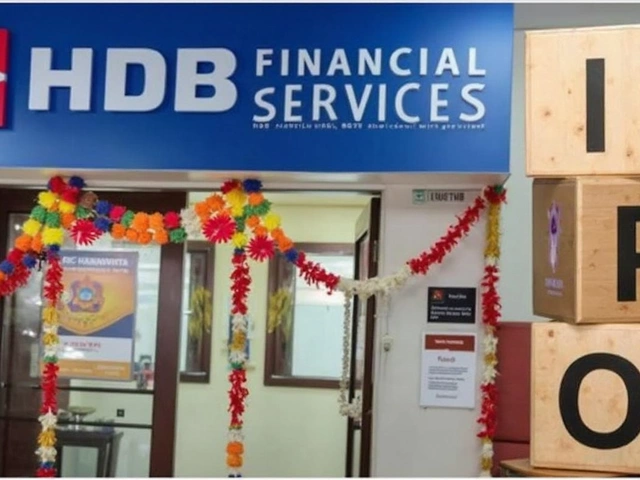News Credibility: Simple Ways to Spot Fake Stories
Ever read a headline that made you go, “Wow, that can’t be true?” You’re not alone. With social media pushing news at lightning speed, it’s easy to get tricked. Luckily, checking if a story is legit doesn’t have to be a chore. A few quick steps can save you from sharing junk.
Why News Credibility Matters
When you trust a false story, it spreads like wildfire. That can sway opinions, affect elections, or even cause panic. On the flip side, reliable news helps you make informed decisions about health, money, and daily life. In short, the credibility of the news you consume directly impacts the world around you.
Practical Steps to Verify Any Claim
1. Check the source. Look at the website’s “About” page. Established outlets usually list editors, contact info, and a clear mission. If the URL looks weird (like news1234free.com), be skeptical.
2. Look for authorship. Real articles name the writer and often link to a profile. Anonymous pieces are a red flag, especially if the story is sensational.
3. Cross‑check with other outlets. If a major event only appears on one obscure site, search the same keywords on trusted sites. When multiple reputable sources report the same facts, the story is likely legit.
4. Check the date. Old news gets recycled with new headlines. A story about a “new virus strain” might actually be from last year. Always scroll to the bottom where the publish date lives.
5. Use fact‑checking tools. Websites like Snopes, FactCheck.org, or local fact‑checkers can quickly confirm or deny claims. Even a Google search with “fact check” plus the headline often brings up relevant results.
6. Watch the tone. Legit news sticks to facts and avoids shouting language. If a headline reads like “You won’t believe what happened!” it’s probably designed to get clicks, not inform.
7. Examine the evidence. Good articles quote experts, link to studies, or provide data. If the piece just says “experts say” without naming anyone, doubt it.
8. Check images. Reverse‑image search (right‑click → Search image on Google) can reveal if a photo was taken out of context or edited.
9. Consider your bias. We all lean toward stories that match our views. When a piece feels too perfect, pause and verify before sharing.
By making these checks a habit, you’ll filter out most fake news before it reaches your feed. The effort is tiny compared to the damage misinformation can cause.
Remember, being skeptical doesn’t mean distrusting everything. It means giving information a quick reality check. The more you practice, the faster you’ll spot legit reporting from the noise.
So next time something looks shocking, take a moment to run through the checklist. Your future self (and everyone else) will thank you for keeping the news feed clean.
Is Thewire.in biased?
After exploring various articles and viewpoints, it seems there are mixed opinions about whether Thewire.in exhibits bias. Some argue that the digital publication leans towards liberal ideologies, potentially influencing its reporting. Others feel that the site provides a balanced perspective, giving voice to diverse opinions and covering a wide range of topics. My personal take is that it's crucial to consume news from multiple sources to avoid potential bias. Ultimately, any perceived bias in media outlets like Thewire.in is subjective and depends largely on individual interpretation.





